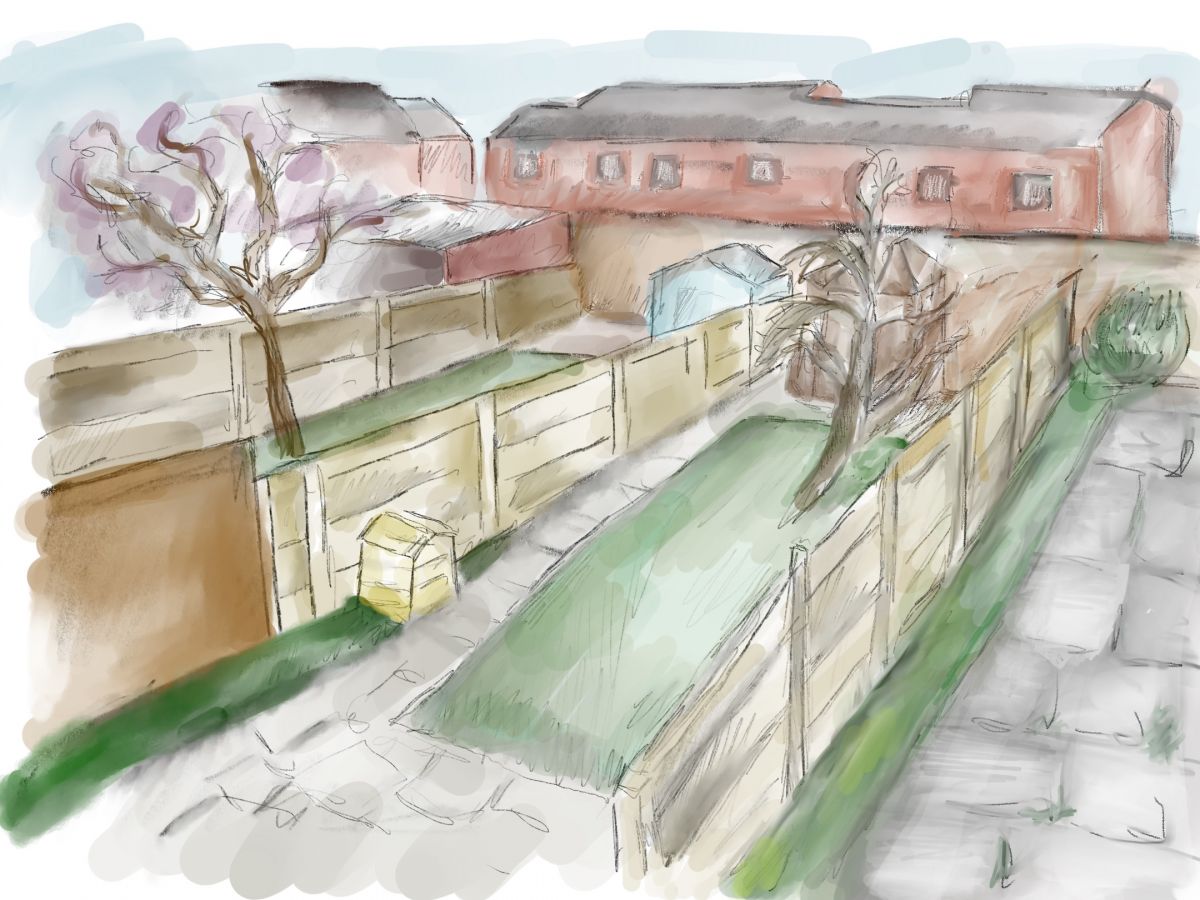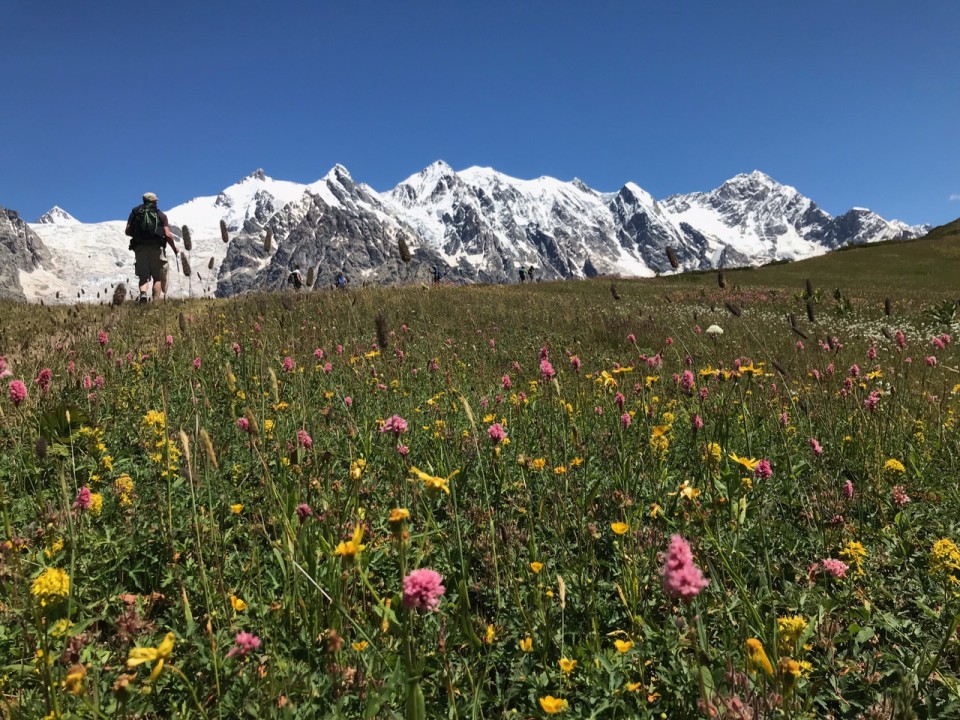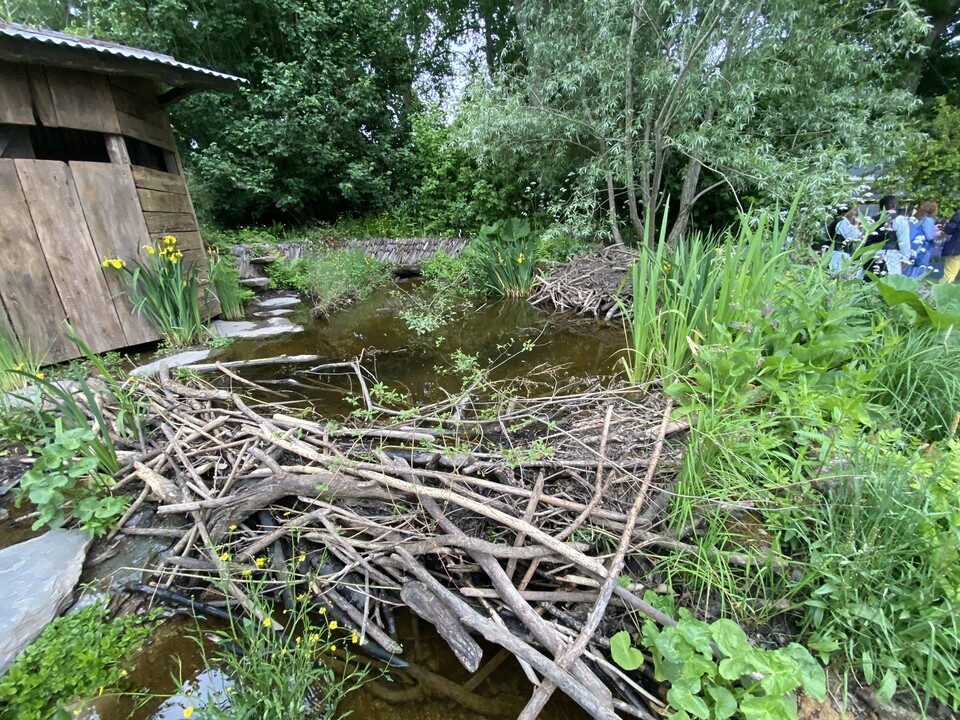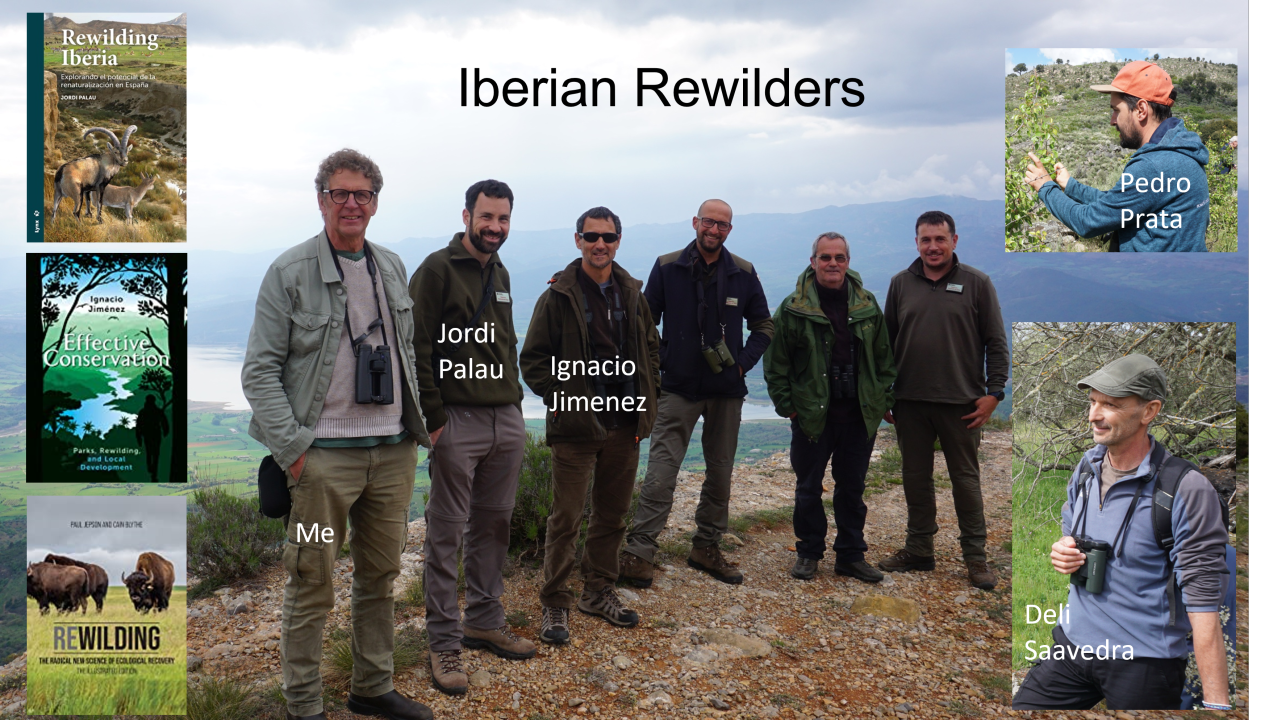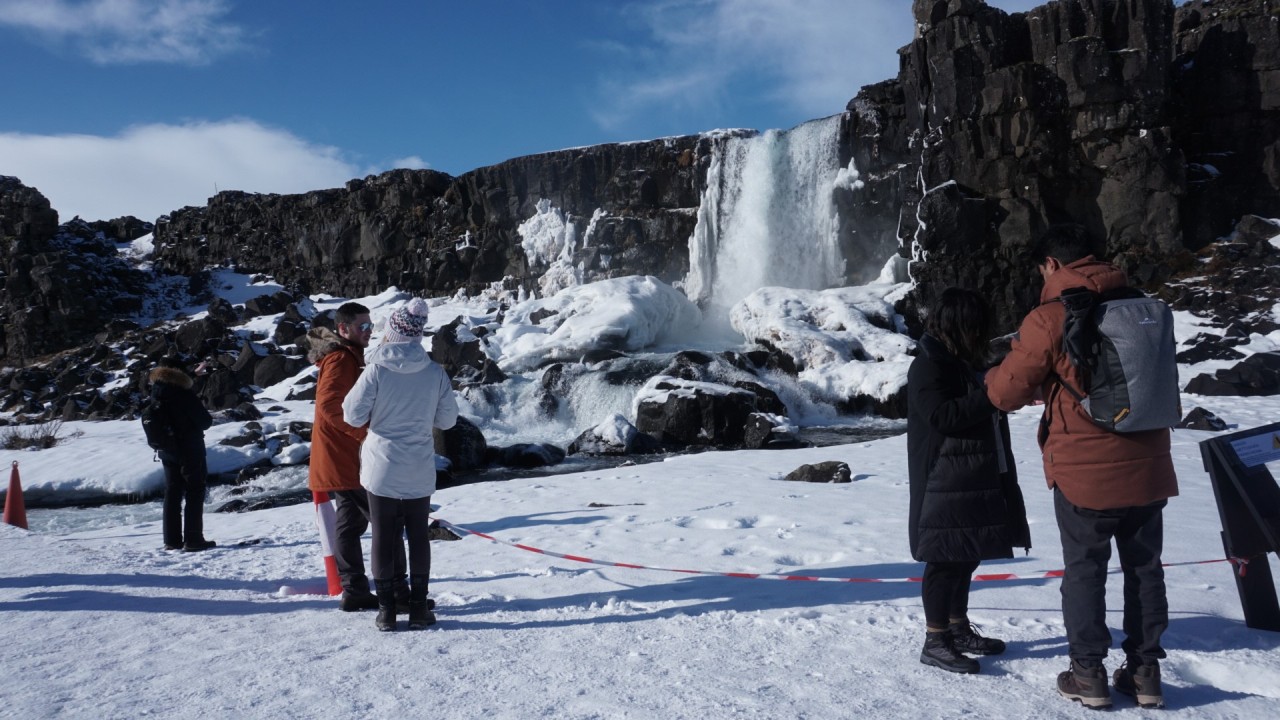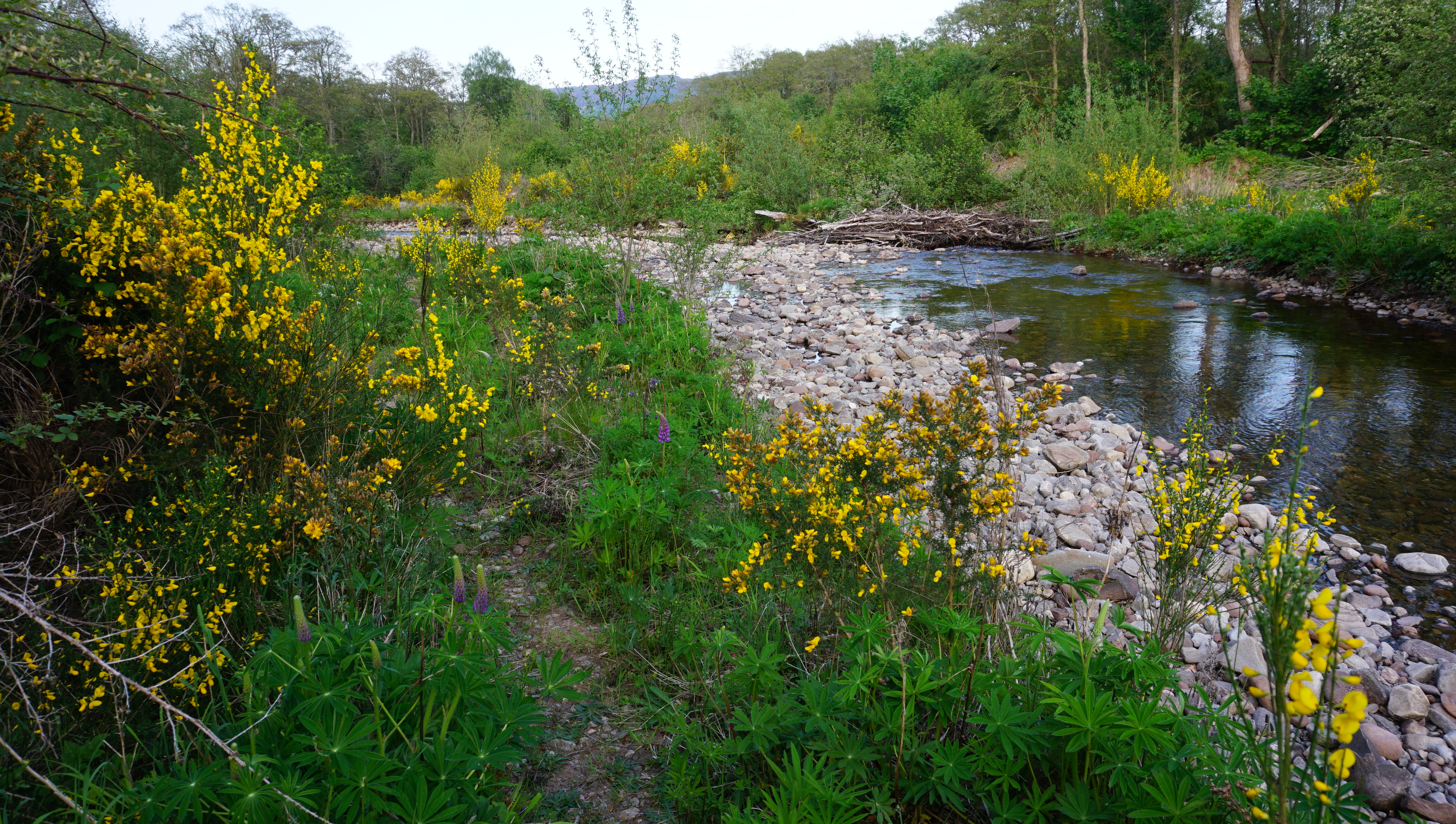This blog was first published on the Ecosulis web-site on 11 May 2020
There’s never been a better time to rewild your garden.
Rewilders great and small
Wild nature is currently at a low ebb in Britain: once common birds and insects have suffered sharp declines because our landscapes are too intensively managed and treated with chemicals. Rewilding – as the hopeful and exciting science and practice of ecological recovery – can help nature bounce back and recover its vibrant abundance.
Many inspirational stories about rewilding involve large estates and landscapes. Yet anyone with a garden can become a rewilder and make a valuable contribution to the recovery of nature. During the coronavirus lockdown many of us are spending more time in our gardens and developing friendlier relations with neighbours via social media, which means there’s never been a better time to embark on a backyard rewilding project The framework below should provide some inspiration and tips for getting started – either alone, or with others.
A three-dimensional process
Recent advances in ecology reveal that natural abundance emerges from interactions between trophic (food web) complexity, natural disturbance and the ability of organisms to disperse. With rewilding characterised by a spirit of creative pragmatism and collaboration, rewilders look for ways to move each of these three variables up a notch or two, from any given starting point. The goal is to enhance these three ecosystem variables within the constraints of what is possible.

Redrawn from Perino et al., “Rewilding Complex Ecosystems”, Science, 2019.
Backyard rewilding can often be stepped up a level if we team up with our neighbours. Most gardens are rectangular plots, running back from the house and bounded by fence panels, walls and impenetrable hedges. Replacing a fence panel or section of hedge with a trellis fence panel is one of the simplest ways to move up a notch on the rewilding scale, restoring flight paths for bees and butterflies and foraging routes for small mammals, reptiles and amphibians, and enabling life-affirming sunlight to reach new areas of your garden.

A typical British garden, with significant rewilding potential. Artwork by Klara Jepson.
Expanding food webs
This enhancement in connectivity, sunlight and air flow creates the conditions to address the next rewilding variable – trophic complexity. In larger scale rewilding projects this focuses on the restoration of what are known as functional species – animals such as beavers, boar, wild cattle, ponies and predators – that create resources and micro-habitats for other organisms to live.
To rewild our gardens, we have to act as the functional species by creating a diversity of vegetation and micro-habitats. Wildlife gardeners will be familiar with this role already. The trick with rewilding is to create patches of “messy chaos”, and not to pack plants too tightly. Creating the conditions for flows of air and movement of animals between and within gardens, and establishing different micro-climates (areas of warm, cool, damp and dry), is key.

Imagining a rewilded garden corridor. Artwork by Klara Jepson.
There are myriad options for creating the right conditions for food web expansion. You can grow some nectar-producing honeysuckle over a trellis, plant a dwarf plum or apple in a newly created sunny corner, create a log pile, or team up with neighbours to purchase and plant wildflower seeds along your newly connected strip of land, creating continuity through shared flora. If you, or one of your neighbours, has the space and inclination to create a small pond for wildlife, this can significantly add to the overall value of a multi-garden rewilding corridor.
Delightfully disturbed
The last rewilding variable to consider is natural disturbance. Like investment bankers, nature thrives on a bit of volatility. Unless you and your neighbours decide to invest in a couple of dwarf pigs to roam your rewilding corridor, producing natural disturbance will also be part of your “functional” species role. This simply involves being an active, if slightly random and inept gardener: digging a bit here, snipping a bit there, and accidentally-on-purpose breaking or crushing something elsewhere. You’ll know when you’ve got the hang of this because a pair of robins will start following you around.
Indeed, your status as a skilled backyard rewilder will be confirmed when you find yourself wandering down the garden to check out what’s new, enjoy the sensory aesthetics of humming bees, colourful butterflies and sweet-smelling flowers, and to have a chat with your neighbour about the wild goings on reported on your community Facebook group and upcoming rewilding spectacles, such as the July flight of garden tiger moths.
To take inspiration from that famous Beatles lyric:
Mmm, rewild with a little help from my neighbours
Oh, I’m gonna try with a little help from my friends

